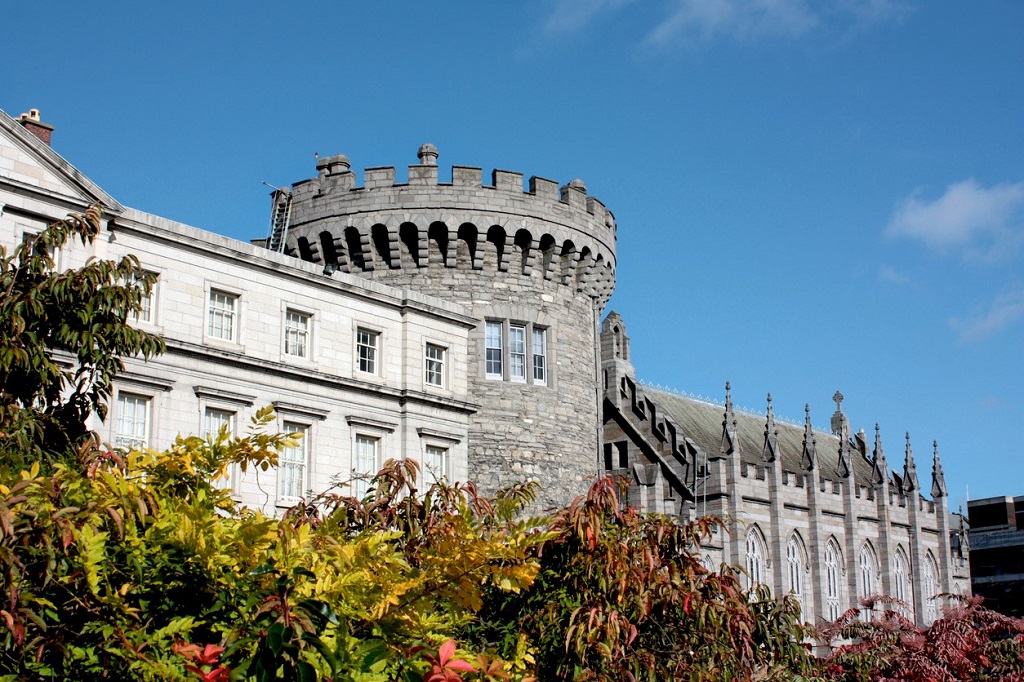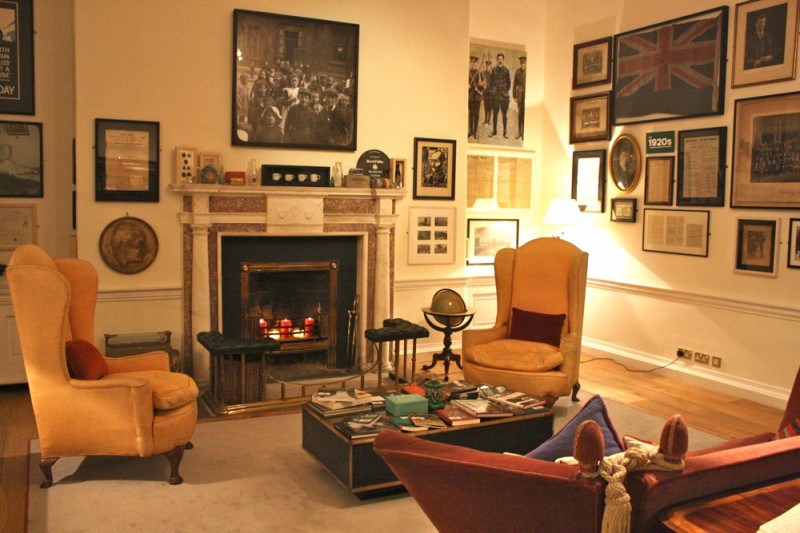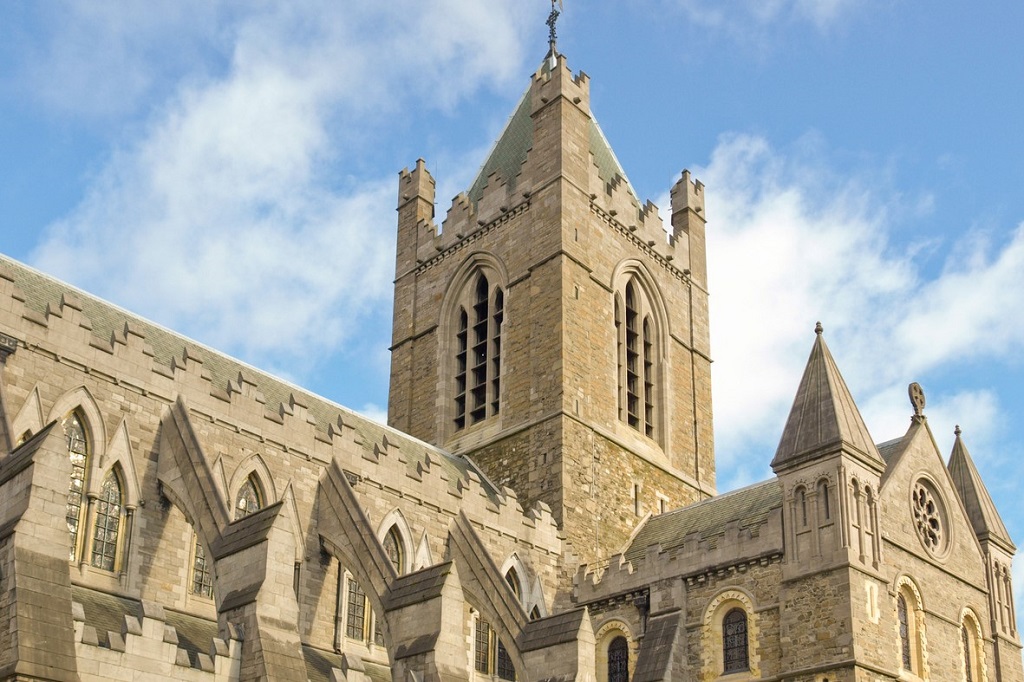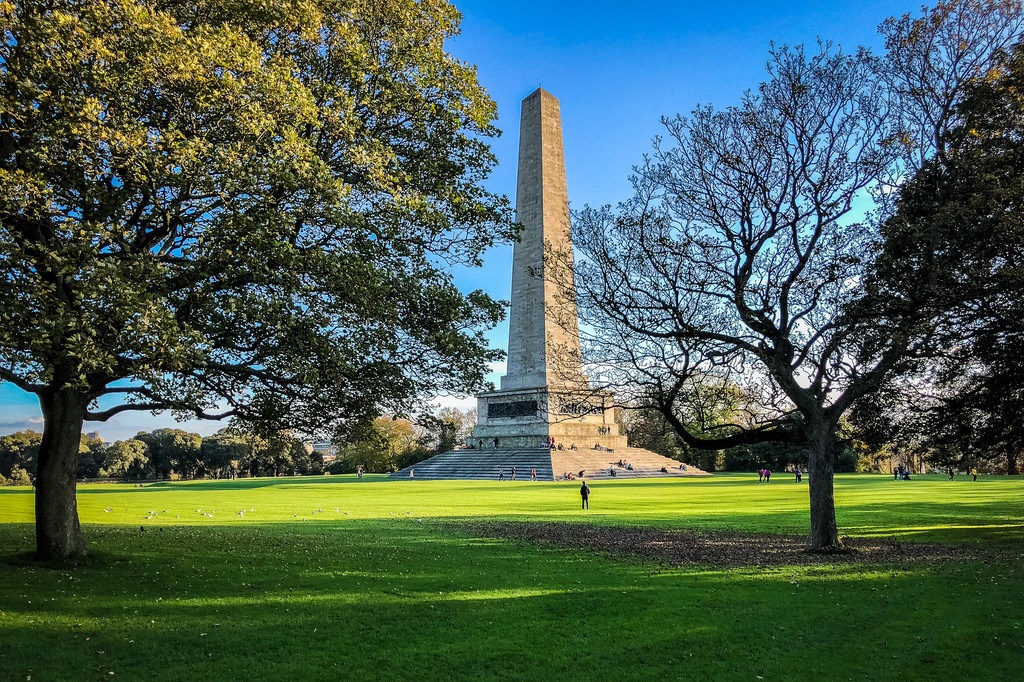Dublin, the capital of Ireland, has a fascinating Viking past. The city we see today dates back to the 9th century and reached its heyday in the 18th-century. Filled with medieval castles, cathedrals, and Georgian buildings, there are lots of places in Dublin that you must see.
Always a cosmopolitan city, Dublin was also the focus of the Easter rising in 1916 and the War of Independence that helped Ireland win its freedom from Britain in 1922. Much like London, which is divided by the River Thames, Dublin is divided by the River Liffey. Most of the tourist attractions and places you must see in Dublin are located on the south side.
Also Read: 11 Unique Things To Do In Cardiff, Wales
How to get around:
Dublin is quite well connected. Dublin Airport has flights from a large number of European cities. It is also connected to the city proper by both local buses and an express Aircoach service. Dubin has two main train stations. Heuston Station to the west of the city centre serves the west and south of the country. Connolly Station in the north-east serves the south-east and the east coast.

Best time to visit:
Summers in Dublin are from June to August, which usually have warm and sunny weather and are the best time to visit. But remember to carry along a raincoat and a jacket as it may rain at any point, and it is sure to get quite cool in the evenings. September and October are also pleasant, while November to February sees cold but dry weather, and it often rains from March to May.
There are many other fascinating places to see in this city. If you can think of any other places you must see in Dublin, be sure to share them in the comments below.
1Dublin Castle

Dublin was built in 1204 to house the English, and then the British government of Ireland. After 1922, it became a major Irish government complex and a museum. The castle is built next to a dark pool (Dubh Linn) which gives Dublin its name.
2St Patrick’s Cathedral

Named after the patron saint of Ireland, this cathedral was built in 1191. It is the largest church in Ireland and houses the famous Marsh’s Library. The church has also been designated the National Cathedral of the Church of Ireland since 1870
3Guinness Storehouse

Opened in 2000, this tourist attraction at St. James’s Gate Brewery explores the history of Beer. You can learn all about the history of Guinness, Ireland’s most famous beer, through interactive exhibitions. It includes a 9,000-year lease the brewery’s founder, Arthur Guinness received in 1759.
4Kilmainham Gaol

This building was built in 1796 and used as a prison until 1924. Many Irish revolutionaries, including many leaders of the 1916 Easter Rising, were imprisoned and executed here. It is now a museum and a memorial to the rebellion.
5St Stephen’s Green

This leafy Victorian park in the centre of Dublin is filled with fountains and a waterfall. Originally a marshy common, it was enclosed as a walled park in 1664. It was restored and landscaped by William Sheppard and re-opened in 1880. The park is located next to one of Dublin’s main shopping streets, Grafton Street.
6Trinity College

Ireland’s most famous university is built on the remains of a 13th-century monastery. It was founded in 1592 by Queen Elizabeth I and was meant to function like Oxford or Cambridge. However, only one college of the University of Dublin to which it belongs was ever built. The university’s spectacular Old Library houses the 8th century Book of Kells, an embroidered Latin version of the Bible.
7Little Museum

This museum in a Georgian town house looks at the history of Dublin in the 20th century through quaint posters and memorabilia. Located near St Stephen’s Green, it was the brainchild of director Trevor White and curator Simon O’Connor. It was opened in 2011.
8Christ Church Cathedral

This Norman cathedral is the second of Dublin’s two majestic medieval cathedrals. It is the seat of both the Roman Catholic Church of Ireland and Archbishop of Dublin. The spooky crypt also has a museum with artefacts from Viking times along with a mummified cat and rat.
9Temple Bar

This area of Dublin on the south bank of the River Liffey is filled with excellent pubs, restaurants, and nightlife. Said to be Dublin’s cultural quarter, it is a popular tourist destination, and a must see in Dublin. Check out The Palace Bar, The Temple Bar Pub, and The Auld Dubliner.
10National Museum of Ireland

Ireland’s leading museum provides a comprehensive history of Ireland from the Vikings, to the IRA. There are three main branches in Dublin, one focused on Archaeology, one on Decorative Arts & History, and the last on Natural History. You can also check out the excellent collection of Irish art at the National Gallery of Ireland.
11Phoenix Park

Located to the North of the River Liffey, this walled park covers 1,750 acres. It is one of the largest parks of any European capital city and is filled with grassy meadows and tree-lined avenues. The park was established a royal hunting park in 1662 and opened to the public in 1745. It is home to various monuments, the Magazine Fort, and the Dublin Zoo.
How to get around:
Dublin is quite well connected. The Dublin Airport has flights from a large number of European cities. It is also connected to the city proper by both local buses and an express Aircoach service. Dubin has two main train stations. Heuston Station to the west of the city centre serves the west and south of the country. Connolly Station in the north-east serves the south-east and the east coast.
You can also take a passenger ferry from Wales and England via Liverpool and Holyhead. Dublin itself also has an extensive bus network and two train services. The Luas runs through the city centre, while the Dublin Area Rapid Transit (DART) is a suburban rail service. It is also possible to hire a bike to get around the city.
Best time to visit:
Summers in Dublin are from June to August, which usually have warm and sunny weather and are the best time to visit. But remember to carry along a raincoat and a jacket as it may rain at any point, and it is sure to get quite cool in the evenings. September and October are also pleasant, while November to February sees cold but dry weather, and it often rains from March to May.
There are many other fascinating places to see in this city. If you can think of any other places you must see in Dublin, be sure to share them in the comments below.


